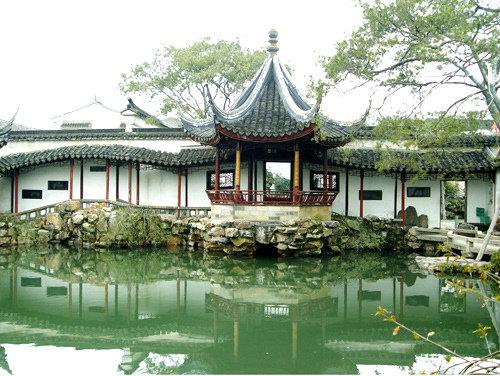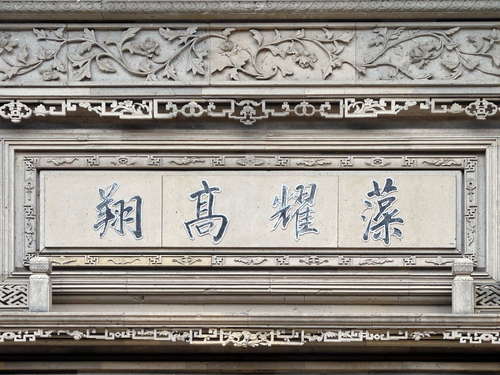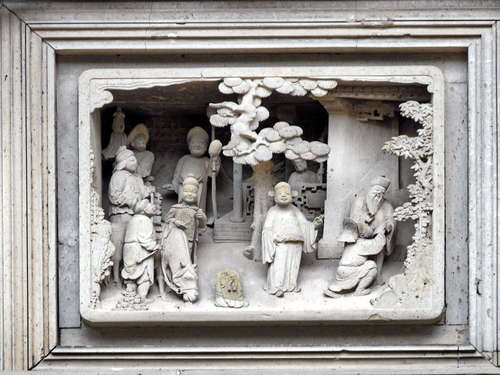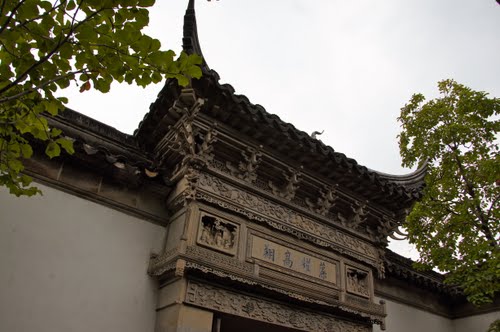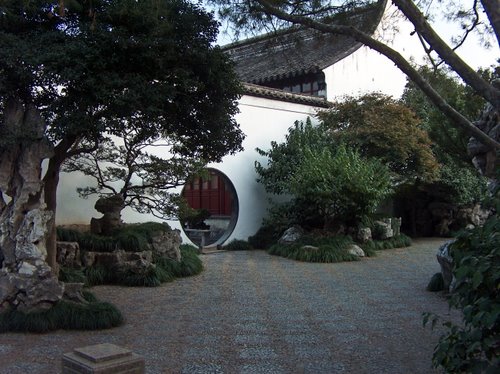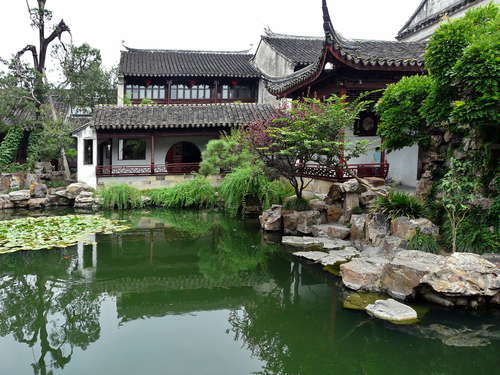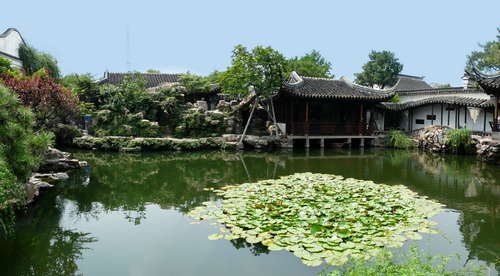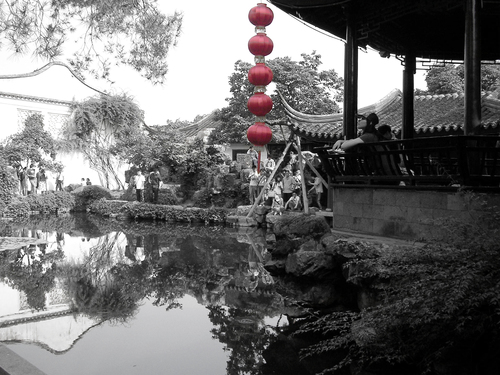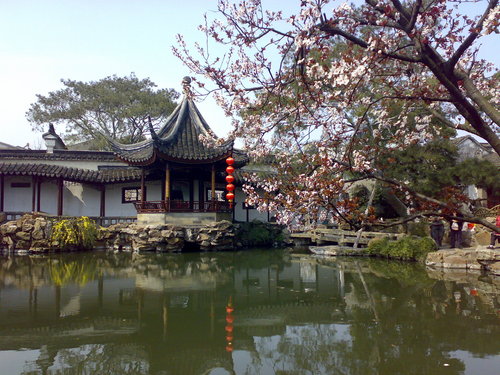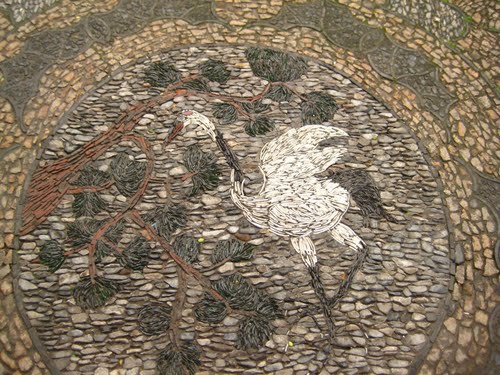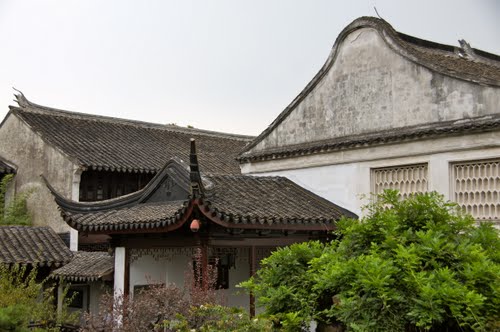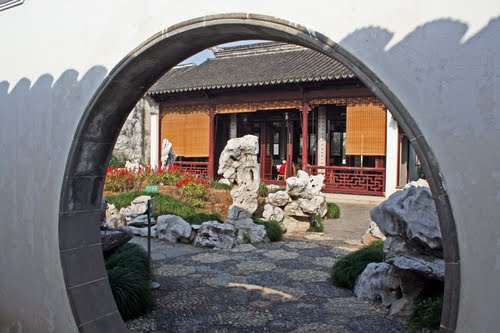The Master of the Nets Garden in Suzhou is among the finest gardens in China. It is located at Gusu District, Dai Cheng Qiao Road, No. 11 Kuo Jia Tou Xiang. It is recognized with other classical Suzhou gardens as a UNESCO World Heritage Site. The garden demonstrates Chinese garden designers' adept skills for synthesizing art, nature, and architecture to create unique metaphysical masterpieces. The Master of the Nets is particularly regarded among garden connoisseurs for its mastering the techniques of relative dimension, contrast, foil, sequence and depth, and borrowed scenery.
History
The Master of the Nets garden, then called Ten Thousand Volume Hall, was first constructed in 1140 by Shi Zhengzhi the Deputy Civil Service Minister of the Southern Song Dynasty government. Shi Zhengzhi was inspired by the simple and solitary life of a Chinese fisherman depicted in philosophical writings. After his death the garden passed through numerous ownership and subsequently fell into disarray until around 1785 when it was restored by Song Zongyuan, a retired government official of the Qing Dynasty. He drastically redesigned the garden and added multiple buildings, but retained the spirit of the site. He often referred to himself as a fisherman and renamed it the Master of the Nets Garden, as an allusion to the simple life of a fisherman.
Ownership passed to Qu Yuancun, a scholar well-versed in the classics and literature, in 1795. He added and remodelled buildings, planted trees, and arranged stones. The garden acquired the nickname of Qu's Garden during this period as well as its first acclaim by critics. Ownership passed to Li Hongyi, an imperial official and master calligrapher in 1868. About half of the steles in the garden are inscribed by him. Ownership passed to He Chang in 1940, who restored both the garden and returned the name back to Master of Nets Garden. He stipulated in his will the garden should be donated to the government. In 1958 his daughter He Zehui gave the garden to the Suzhou government.
During the late 18th century it was recognized for its herbaceous peonies. In his Notes on the Master of Nets Garden, Qian Daxin stated, "A good integration of the delights of the village and town." Modern critic Chen Congzhou feels that the Master of the Nets Garden is the best representation of all classical Chinese garden art, as stated in Famous Classical Gardens of China.

